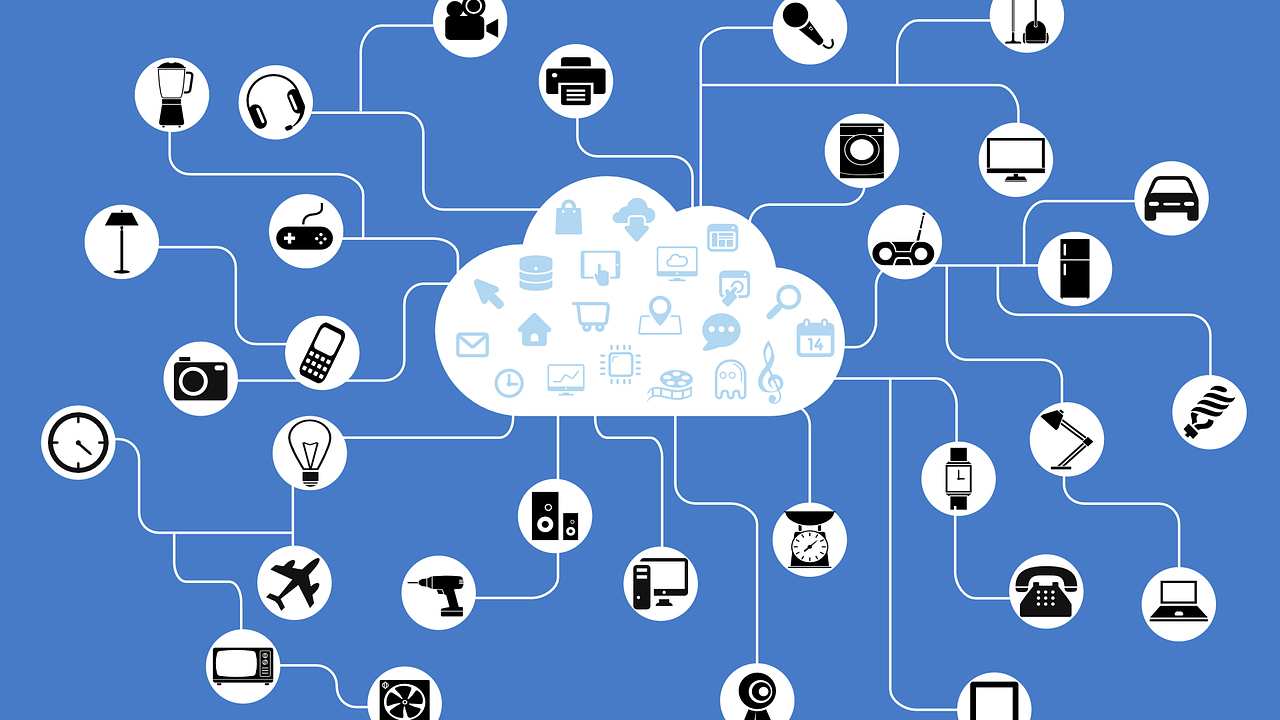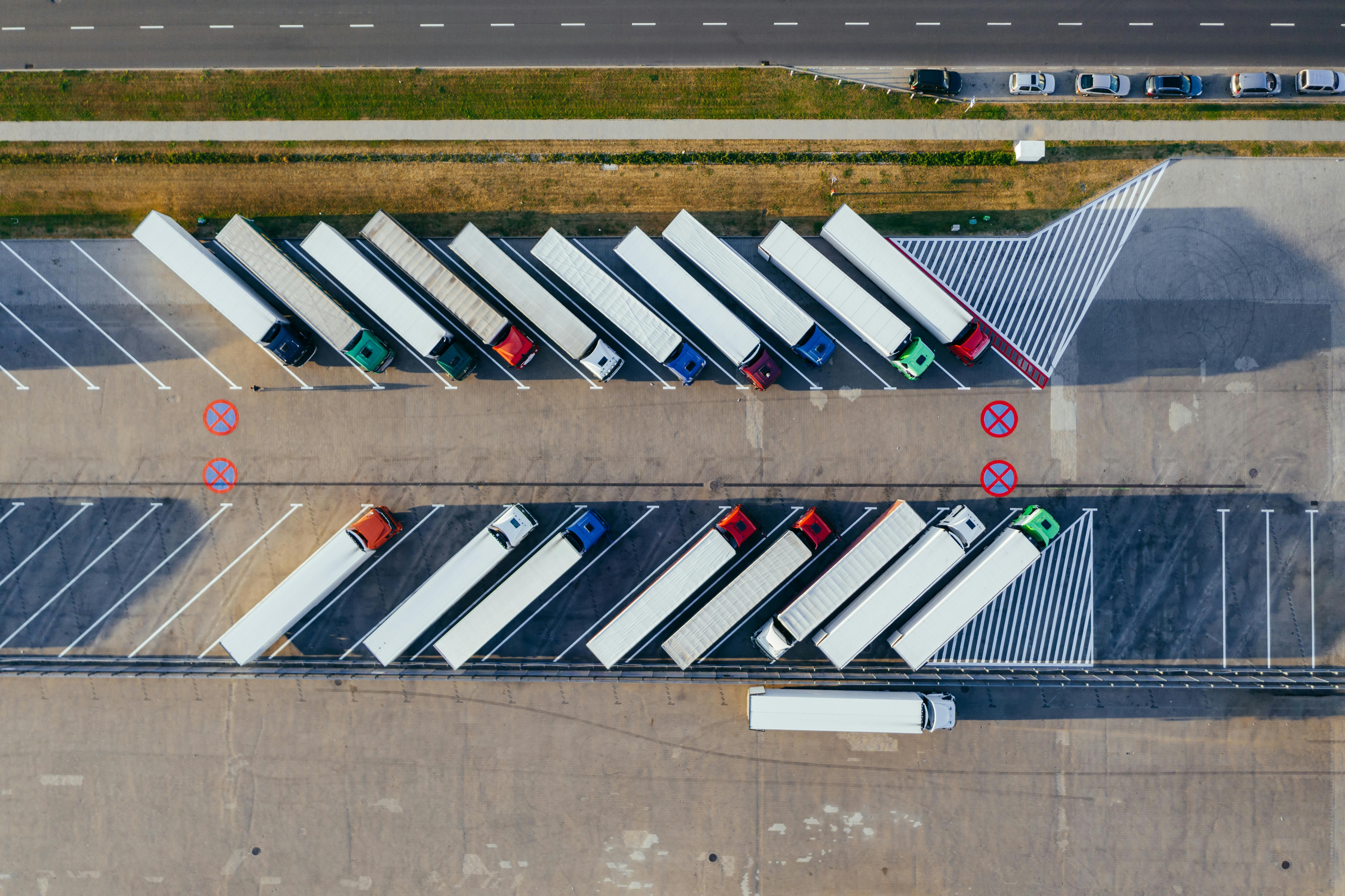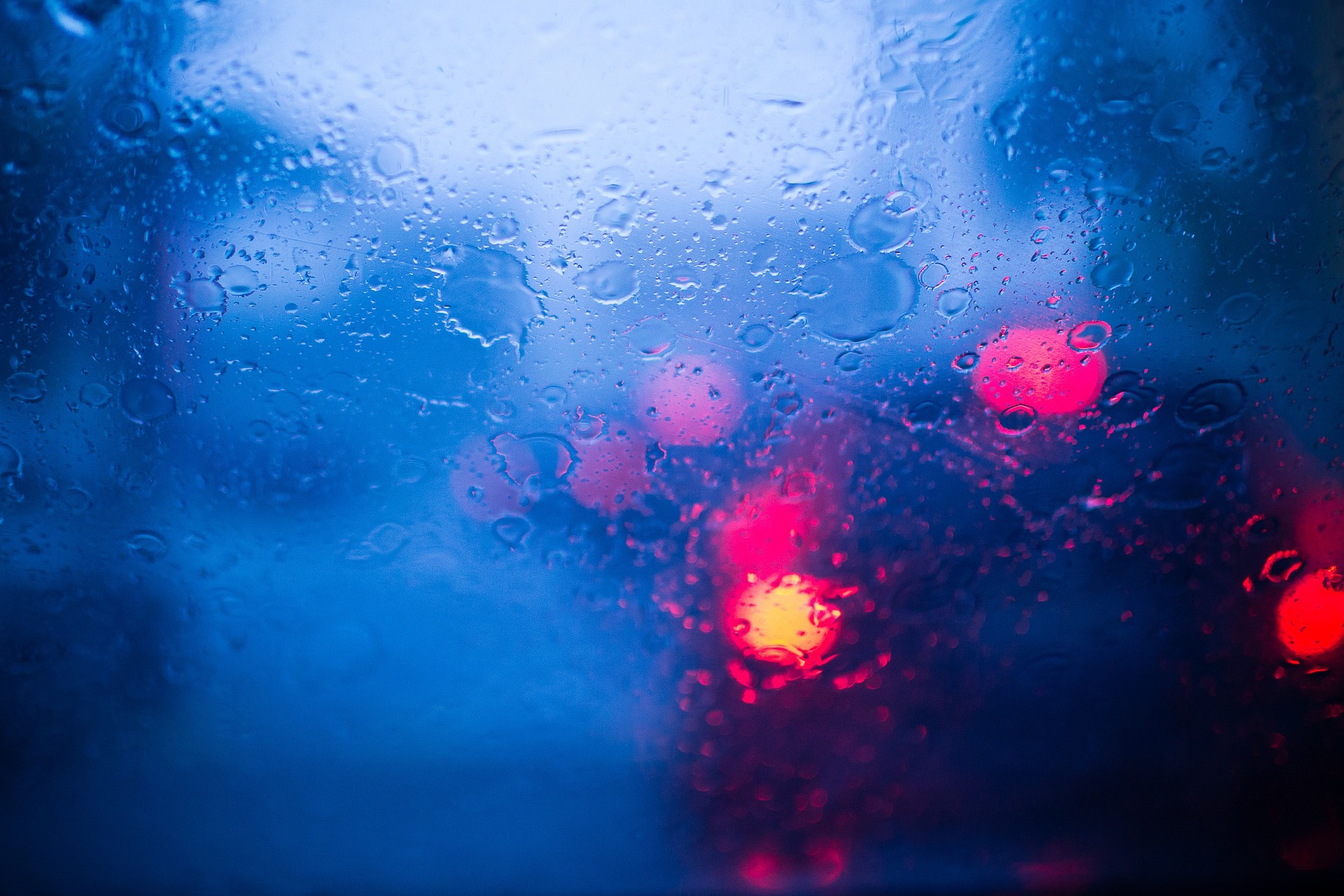There is a shifting paradigm in the insurance industry, with traditional discussions of react, repair and replace changing to predict, prevent and protect. Part of this transition has been supported by the Internet of Things (IoT). Technology has paved the way for people and devices to interact and instantly exchange data. By 2025, it is estimated that people will own more than 50 billion networked devices, double the amount in 2015, all of which make up IoT. While IoT technology is rooted in our society, the insurance industry is embracing the use of this technology by policyholders to mitigate and attempt to prevent losses.
One specific area that is advancing quickly within IoT is water damage and leak protection. Businesses are subject to water damage from a multitude of sources. Plumbing system failures, HVAC malfunctions and severe weather events are just some of the many types of incidents that can ultimately lead to water damage. No matter what the source, these events are increasingly expensive and disruptive. A large water damage incident can interrupt normal business operations for days, weeks and even months and can be as damaging and destructive as a fire. Water-sensitive components, sensors and electronics are finding their way into everything, from the production floor to the office and everywhere in between. As a result, insurance carriers are relying on technology - specifically IoT sensors - to help businesses shift from reaction to prevention.
IoT Impact
The deployment of IoT technology and the impact it can have on reducing potential loss is significant. For example, a multi-story hotel deployed water leak sensors in their HVAC rooftop unit. The coils within the condenser burst, resulting in a discharge of water down a utility chase to the basement where the main electrical equipment was located. When water was detected in the HVAC system, alerts and notifications were sent following the communication notification protocol established, and maintenance personnel were able to resolve the issue before it caused significant damage. If the IoT sensors were not deployed and prompt action not taken, the hotel likely would have temporarily closed, suffering a major loss and disruption. It is important for companies to keep a rule of thumb in mind - for every six water sensors installed in the commercial business portfolio, one large water damage loss has the potential to be avoided.
Accidents affect a business owner in a variety of ways, but the first thing that often comes to mind after a water damage incident following clean-up and restoration is the monetary impact. In insurance, both the business owner and the carrier may be affected, subject to the terms and conditions of the policy. In addition to losses that may be covered by insurance, when such an accident takes place the policyholder will likely experience unfavorable developments that are not covered. Some of these impacts may not be quantifiable, but they are all costly to policyholders. Fortunately, IoT can provide another level of protection that has a direct correlation with loss cost aversion.
IoT technology can also help create a peace of mind for business owners by keeping their businesses operational and thus avoiding a disruption. This growing technology market provides prompt alerts and insights that allow adverse conditions to be addressed quickly, which can reduce losses and minimize business interruption. IoT can result in superior risk management, reduced cost and enhanced bottom line performance for companies that leverage the technology.
See also:Insurance and the Internet of Things
Looking Ahead
Technology and proper planning are key components in a successful loss mitigation strategy. Tapping into IoT provides real-time data as an alternative to relying only on historical post-loss information. In the future, IoT sensors are expected to use live data to feed, train and test predictive models to forecast losses before they happen. Leveraging this technology can minimize the impact and maximize the effectiveness of loss-prevention programs. Risk control professionals can assist with understanding possible damage sources and provide support when building an effective incident response plan.
Disclaimer
The purpose of this article is to provide information, rather than advice or opinion. It is accurate to the best of the author’s knowledge as of the date of the article. Accordingly, this article should not be viewed as a substitute for the guidance and recommendations of a retained professional. Any references to non-CNA websites are provided solely for convenience, and CNA disclaims any responsibility with respect to such websites. To the extent this article contains any examples, please note that they are for illustrative purposes only and any similarity to actual individuals, entities, places or situations is unintentional and purely coincidental. In addition, any examples are not intended to establish any standards of care, to serve as legal advice appropriate for any particular factual situations, or to provide an acknowledgement that any given factual situation is covered under any CNA insurance policy. Please remember that only the relevant insurance policy can provide the actual terms, coverages, amounts, conditions and exclusions for an insured. All CNA products and services may not be available in all states and may be subject to change without notice.
“CNA" is a registered trademark of CNA Financial Corporation. Certain CNA Financial Corporation subsidiaries use the "CNA" trademark in connection with insurance underwriting and claims activities. Copyright © 2022 CNA. All rights reserved.







